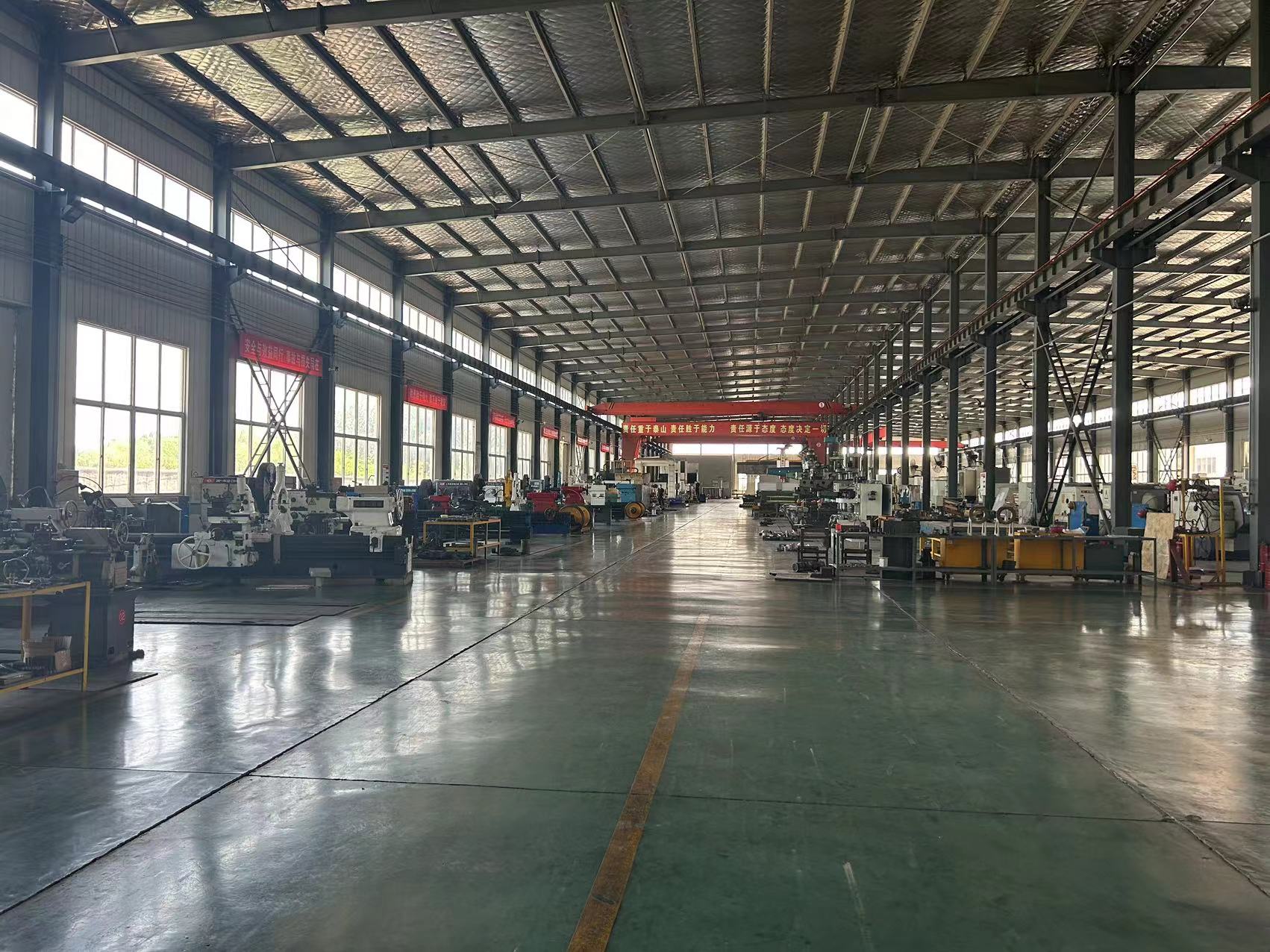Black Oxide
Black oxide is a type of conversion coating for ferrous materials, such as steel and stainless steel, which blackens the top layer of the material. It can be used to reduce reflection and glare, as well as provide some additional corrosion resistance without affecting part dimensions.
Electropolishing
An electrochemical process that cleans steel parts to reduce corrosion and improve appearance by making the metal brighter. Removes about 0.0001”-0.0025” of the metal and conforms to ASTM B912-02.
Electroless Nickel Plating
Electroless nickel plating provides a uniform nickel coating, which offers protection from corrosion, oxidation, and wear on irregular surfaces. The finished part will appear brighter. Thickness starts at .0001” and conforms to ASTM-B733, TYPE IV, SC1, CLASS 1 (default), or AMS-2404 (formerly AMS-C-26074/MIL-C-26074) if specified. For any other nickel plating options, please select “Other” as the finish option and request a manual quote.
Gold Plating
Gold Plating provides good corrosion and tarnish resistance. Gold has low contact resistance, excellent conductivity, and solderability. Cosmetically it makes the part appear like gold. The default application specification is MIL-G-45204 & ASTM B488, CLASS 00, 0, OR 1 (THICKNESS 0.00002″ – 0.00005″): Pricing and lead time are based on Type I, II, or III, Grade A, B or C, and Class 00,0 or 1 (thickness of 0.00002″ to 0.00005″). Any gold plating thickness over 0.00005″ should be selected as “Other” and requires a manual quote.
Silver Plating
Electroplating silver provides good corrosion resistance but easily tarnishes. Silver offers high solderability and electrical conductivity. Cosmetically it makes the part appear like silver. The coating thickness is about .00002”-.0003” and conforms to AMS QQ-S-365D.
Zinc Plating
A metal plating of conductive materials to provide corrosion resistance. Zinc plating is standard among carbon steels and other alloys that can rust. Zinc plating conforms to the ASTM B633-15 service class I (SC1) specification. The typical plating coating thickness is 0.0002.” The finish results in a low silver shine.
Media Tumbled
This is a batch-based process that tumbles vibrating media to remove sharp edges and burrs on machined parts. Tumbling can remove machine marks on exterior surfaces creating a more uniform appearance. Parts over 8” may require a manual review.
Powder Coating
Provides a continuous, protective color finish on parts using evenly applied, heat-cured paint. Thickness is usually .006”-.012” and conforms to ASTM D7803 and various MIL and FDE specifications. Various colors and sheens can be chosen.
Wet Painting
Provides a continuous, protective color finish which is applied by spraying or manually using water or solvent-based paints.
And More!




